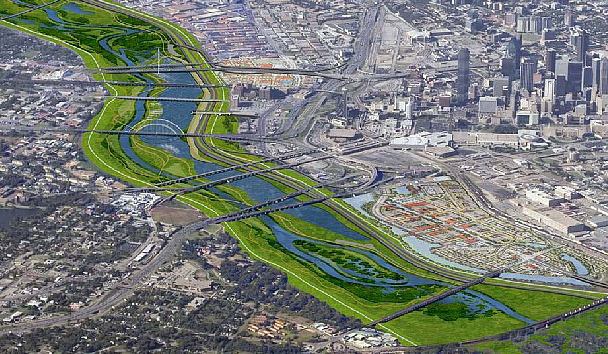Elevation Certificates
Why would I need an Elevation Certificate?
An Elevation Certificate is the first step in obtaining federally backed flood insurance. it is created to compare a property’s elevation data (determined by field measurement) to the Base Flood Elevation data. It provides elevation information for compliance with floodplain management ordinances, and setting insurance premium rates.
An Elevation Certificate is required to obtain a National Flood Insurance Program policy on all Post-FIRM construction, but is optional on Pre-FIRM construction. The Certificate is required by the NFIP to certify the lowest floor of a building so the policy can be properly rated.
If your property lies in the 100 Year Flood Plain, Geomatic Solutions can provide you with this certificate. FEMA (The Federal Emergency Management Agency) has recently made revisions to flood plain maps in throughout
Are you properly insured?
Many property owners are surprised to find their insurance policy does not cover damages caused by flooding. Far too many people don’t make this discovery until they have suffered a loss from a flood. According to the Federal Emergency Management Agency (FEMA), two inches of flood water can cause $7,800 in damages to the typical home.
If your building is inside the boundary of the flood plain you may benefit financially, through lower flood insurance rates, by obtaining an elevation certificate. Typically these maps show the flood plain boundary and/or elevation for a particular location. But boundaries of the flood plain, as depicted on FEMA maps, are not always accurate.
GSI will come and establish the flood elevation for your particular location. Then we will determine the elevation of your building in relation to the flood elevation.
Letter of Map Amendment (LOMA)
Many times, Geomatic Solutions will find that a structure and its adjacent ground elevation is high enough above the flood plain that it is possible to apply for a Letter of Map Amendment (LOMA).
A LOMA can remove a home from the flood plain entirely, eliminating the need for flood insurance altogether. Then, we will determine if one of the two possibilities in this situation will help you. Those options are the Letter of Map Amendment (LOMA) and the Letter of Map Revision Based on Fill (LOMR-F). GSI is well qualifed to assist you with a LOMA or LOMR-F.
Give us a call today at 817-487-8916.
